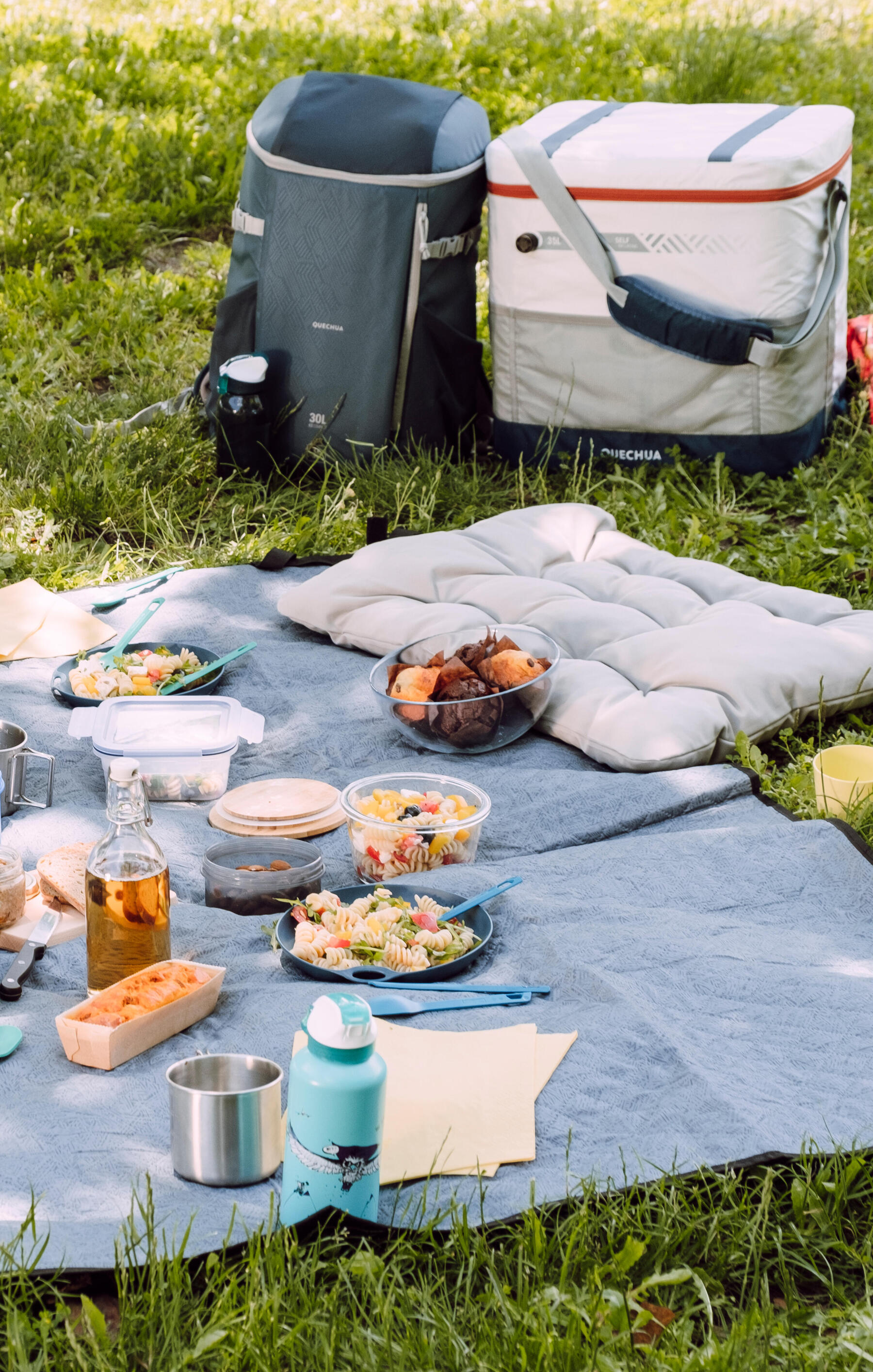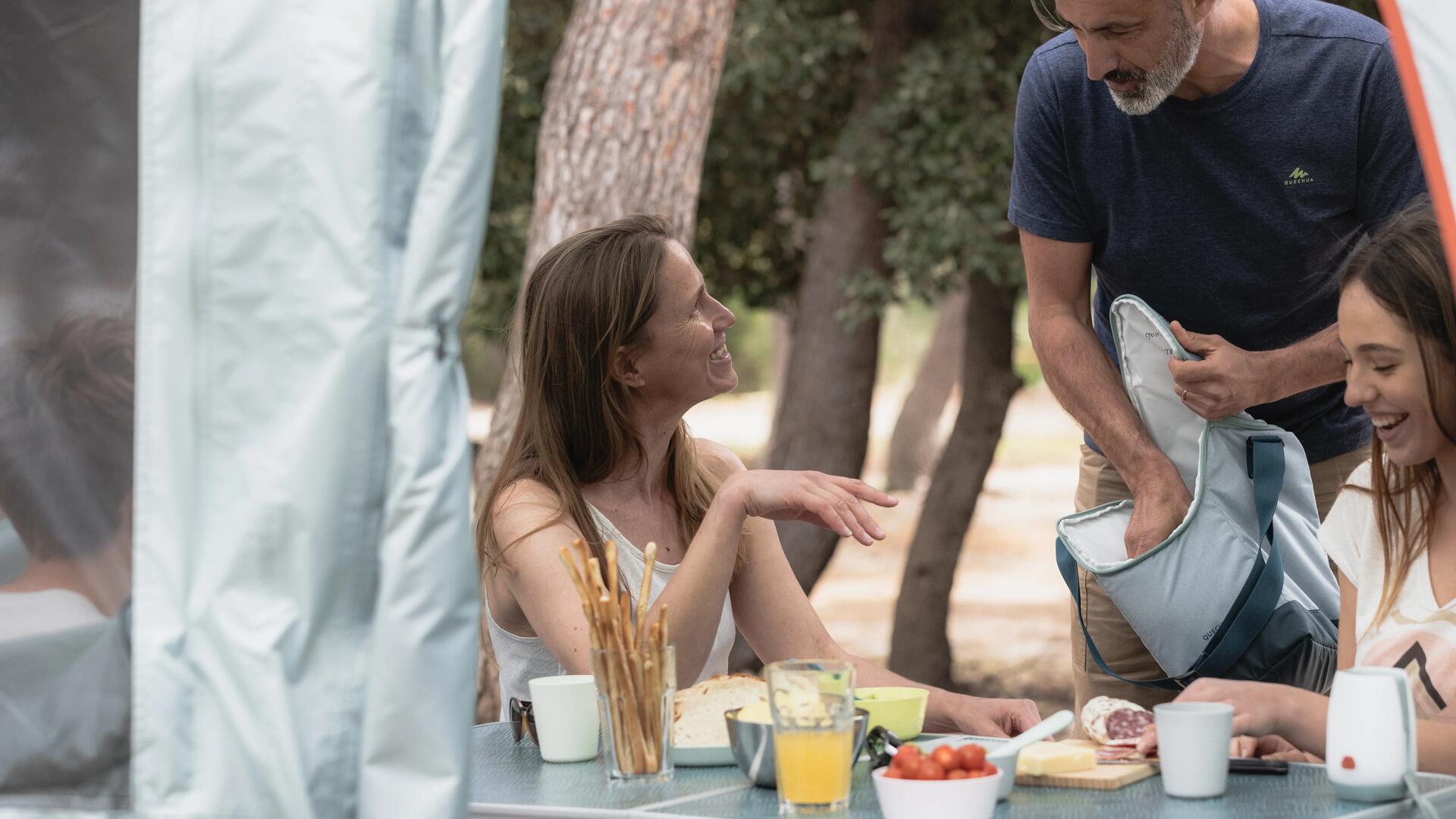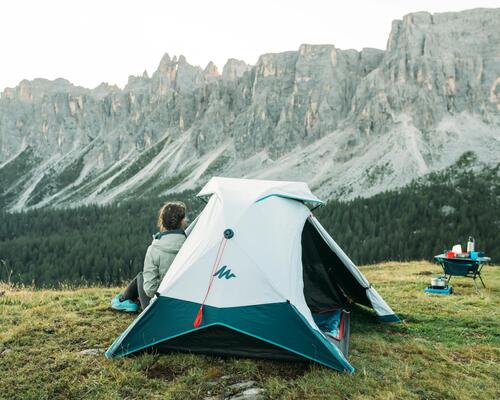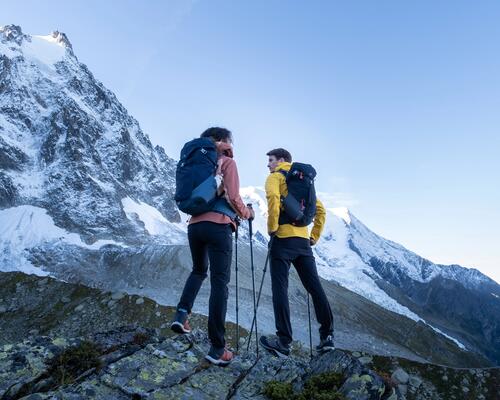Why go for an isothermal backpack?
If the isothermal backpack has now become an integral part of our daily lives, it’s because of the many advantages it offers. The primary objective of this type of bag is to keep your food and drinks cool for several hours, regardless of the outside temperature. Indeed, in order for you to be able to go hiking for a whole day without worrying about your food or water getting hot, it’s essential to use a suitable storage system. Just like a cooler, your isothermal backpack will keep your meals at an ideal temperature, wherever you are.
For many years, many of us have opted for a rigid cooler for a hike or a family picnic, for lack of an alternative. Since its arrival on the market, the isothermal backpack has proved to be a convincing choice, particularly because of its practicality. Unlike a cooler, which would take up a lot of space and require a certain amount of physical effort, not only because of its empty weight but also because of the way it is carried, a backpack offers you total freedom.














